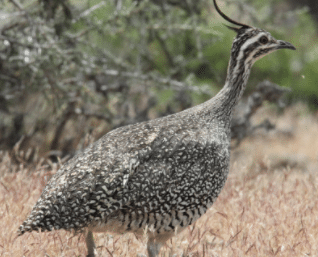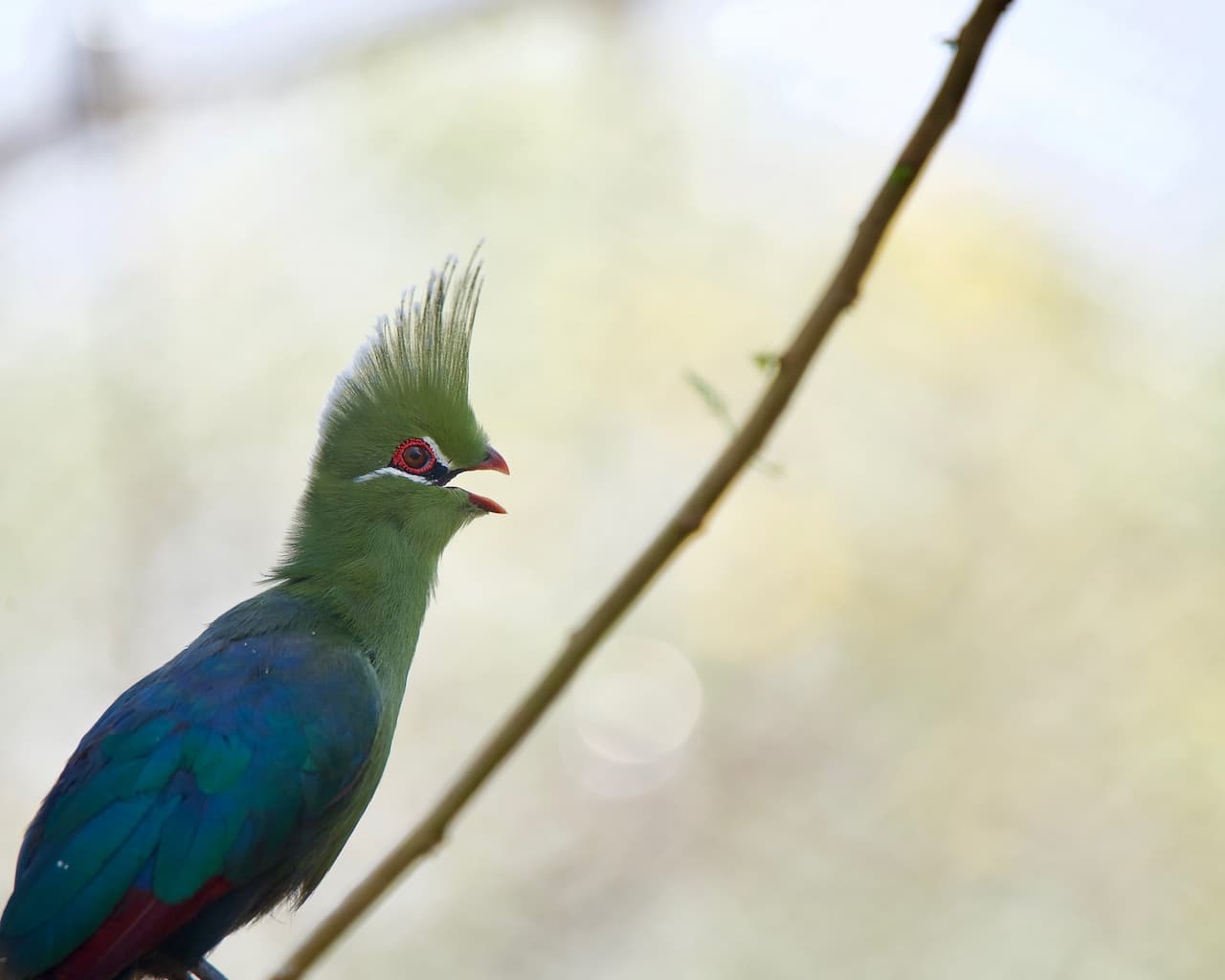Tinamous
The Tinamou family consists of 47 medium-sized, ground-dwelling bird species that occur naturally in Central and South America. They are found in forest or savanna/steppe habitats – from sea level up to 17,000 feet (5300 meters).
Description
They are slender and compact birds with a small head and a short, slender, down-curved bill.
- The smallest species – the Dwarf Tinamou – weighs about 43 g (1.5 oz) and measures 20 cm (7.9 in) in length. The largest tinamou – the Grey Tinamou, weighs 2.3 kg (5.1 lb) and measures up to 53 cm (21 in) in length.
They have very small wings, but unlike other ratites, they can fly; however, they are poor flyers. Unlike other ratites, they have an oil gland.
They have three forward-facing toes and the fourth hind toe is higher and either retrogressed or absent. Their tail is short and sometimes hidden behind coverts and some tinamous have crests.
Males and females look alike for the most part; however, in some species, the females have a brighter plumage.
Range and habitat
They are all endemic to South and Central America. The northernmost species range to Mexico but not much further than the Tropic of Cancer. One species has been introduced to Easter Island.
They occur in a wide range of habitats. Members of the genera Tinamus, Nothocercus, and Cryptuerellus live in dense forests, and members most of other genera inhabit grassland, puna, montane, and savanna at high altitude.
Tinamous prefer to walk or run but will fly to avoid predation and other danger. When they have exhausted all other evasion techniques, including hiding in burrows, they may fly. Their technique is a flutter of wing-beats followed by a long glide, followed by another burst of wing-beats.
Tinamous are rarely seen but often heard within their range. Although some species are quite common, they are shy and secretive. A small number of species live in more open, grassy country, but even these are wary of humans. Tinamous have a wide variety of calls.
Nesting / Reproduction
Tinamous lay several eggs in a ground nest lined with grass and leaves, and the male will incubate the eggs. He will leave the nest to feed, and he may be gone from 45 minutes to 5 hours. Typically, the male will not cover the eggs when he leaves to feed, even though the eggs are not camouflaged.
In most tinamou species, the male is polygamous and the female is polyandrous. The eggs are attractively colored, in a single color and have a hard gloss like porcelain. The young are precocial, and can run almost as soon as they hatch. Scientist believe that they are self-sufficient within 20 days.
Feeding
Tinamous mostly feed on small fruits and seeds off the ground or off of plants that are near the ground. They can jump 10 cm (3.9 in) to reach their food. They also will eat buds, blossoms, tender leaves and roots, insects and their larvae, worms, and mollusks. Small animals are eaten whole, whereas larger ones will be beaten against the ground or pecked. They use their bill and not their feet to sift through leaf litter and will even use it to sift through soil 2–3 cm (0.8–1.2 in) deep.





